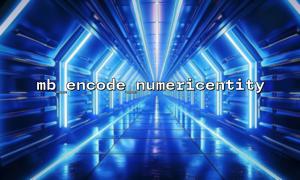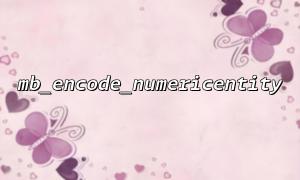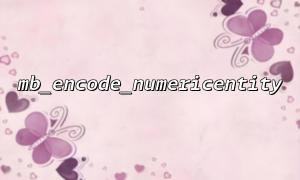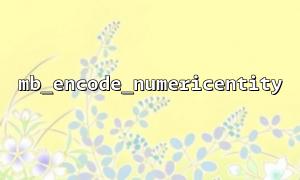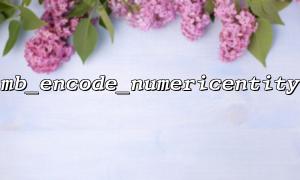<span><span><span class="hljs-meta"><?php</span></span><span>
</span><span><span class="hljs-comment">// This part is unrelated to the main content, serves as an example pre-code</span></span><span>
</span><span><span class="hljs-keyword">echo</span></span><span> </span><span><span class="hljs-string">"Welcome to the article!<br>"</span></span><span>;
</span><span><span class="hljs-meta">?></span></span><span>
<p><hr></p>
<p><h2>How to Use the mb_encode_numericentity Function for Unicode Character Encoding? Best Practice Guide</h2></p>
<p><p>When working with multibyte strings in PHP, especially in cases involving Unicode encoding, the <code>mb_encode_numericentityIn this example, all characters are converted into their respective numeric entities, making it easier to display them correctly in environments that do not support direct Unicode rendering.
The mb_encode_numericentity function is a powerful tool for handling Unicode character encoding. By using it correctly, developers can effectively address compatibility issues with character display. With proper configuration of conversion mappings and encoding parameters, along with good coding practices, this function plays an important role in multilingual applications and internationalization projects.
We hope this article helps you quickly master the usage of this function and improve your PHP multibyte string handling skills.
